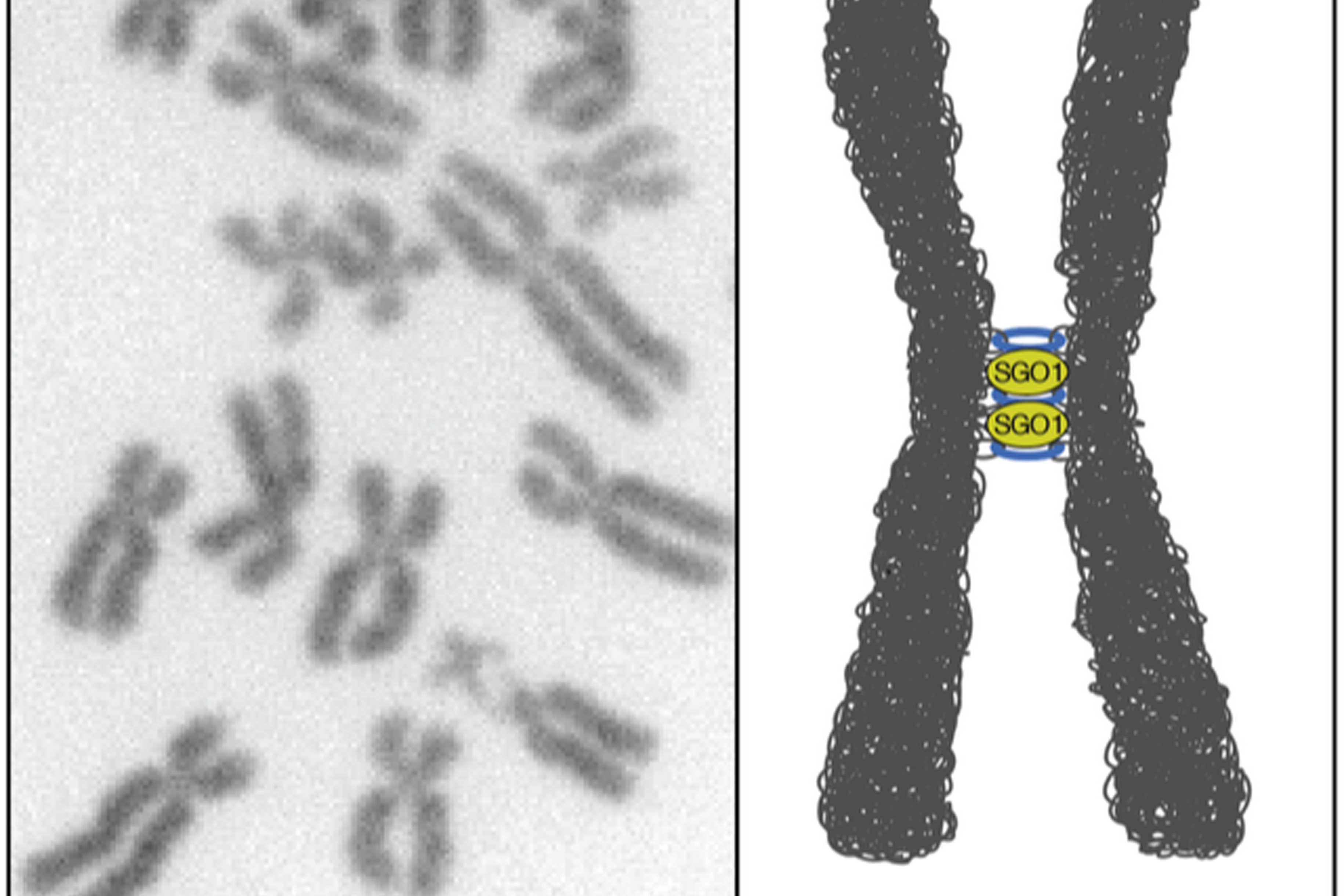Scientists may finally have answer to how chromosomes get their X-shape
They believe a protein called SGO1 may play a role.

Your support helps us to tell the story
From reproductive rights to climate change to Big Tech, The Independent is on the ground when the story is developing. Whether it's investigating the financials of Elon Musk's pro-Trump PAC or producing our latest documentary, 'The A Word', which shines a light on the American women fighting for reproductive rights, we know how important it is to parse out the facts from the messaging.
At such a critical moment in US history, we need reporters on the ground. Your donation allows us to keep sending journalists to speak to both sides of the story.
The Independent is trusted by Americans across the entire political spectrum. And unlike many other quality news outlets, we choose not to lock Americans out of our reporting and analysis with paywalls. We believe quality journalism should be available to everyone, paid for by those who can afford it.
Your support makes all the difference.Scientists may finally have the answer to how chromosomes get their X-shape.
Chromosomes are long DNA molecules which contain the genetic material of an organism.
These structures were discovered in the late 1800s after the light microscope was invented.
Since then, biology textbooks have described chromosomes as having an X-shape, but the reason behind this had remained a mystery.
Scientists led by Professor Daniel Panne, of the University of Leicester, and Dr Benjamin Rowland, of the Netherlands Cancer Institute, now believe the answer may lie in a protein called shugoshin (also known as SGO1), which helps “lock” the chromosomes into X-shapes.
It is known that chromosomes get their X-shape during cell division but the researchers wanted to know more about how it happens.
When a cell divides into two to make new cells, it copies the DNA and divides it equally between those two new cells.
DNA in each cell is about two metres long, so cells use a process to turn DNA into compact parcels to make it fit.
As part of the process, the cells leave the two copies attached in the middle until they divide.
Under the microscope, such a parcel looks like an X.
It is exciting to finally understand at a molecular and atomic level how the iconic X-shape of chromosomes during cell division is generated
Just before the cell divides, the X is released in the middle and each arm of the X goes to a separate cell.
If this goes wrong, the new cells can end up getting either more or less DNA than normal, which can lead to cancer or to genetic conditions such as Down Syndrome.
The team studied a key component of a ring-shaped protein complex, called cohesin, which is known to play a key role in holding chromosomes together during cell division.
Dr Rowland said: “A chromosome actually consists of two identical long DNA threads that at first are connected along their entire length.
“A host of ring-shaped cohesin molecules holds the two threads together.
“When a cell is about to divide, the cohesin rings open and the arms of the DNA come apart.”
The researchers discovered that the protein, SGO1, uses a “molecular key” that fits into a “keyhole” in cohesin, locking the cohesin rings and giving chromosomes their X shape.
When cells start dividing, “molecular scissors” cuts the cohesin rings loose, finally separating the DNA.
Prof Panne said: “It is exciting to finally understand at a molecular and atomic level how the iconic X-shape of chromosomes during cell division is generated.
“This has not only intrigued generations of scientists but is also important for our understanding of how this process can go wrong in disease.”
The research is published in the journal Nature Structural & Molecular Biology.